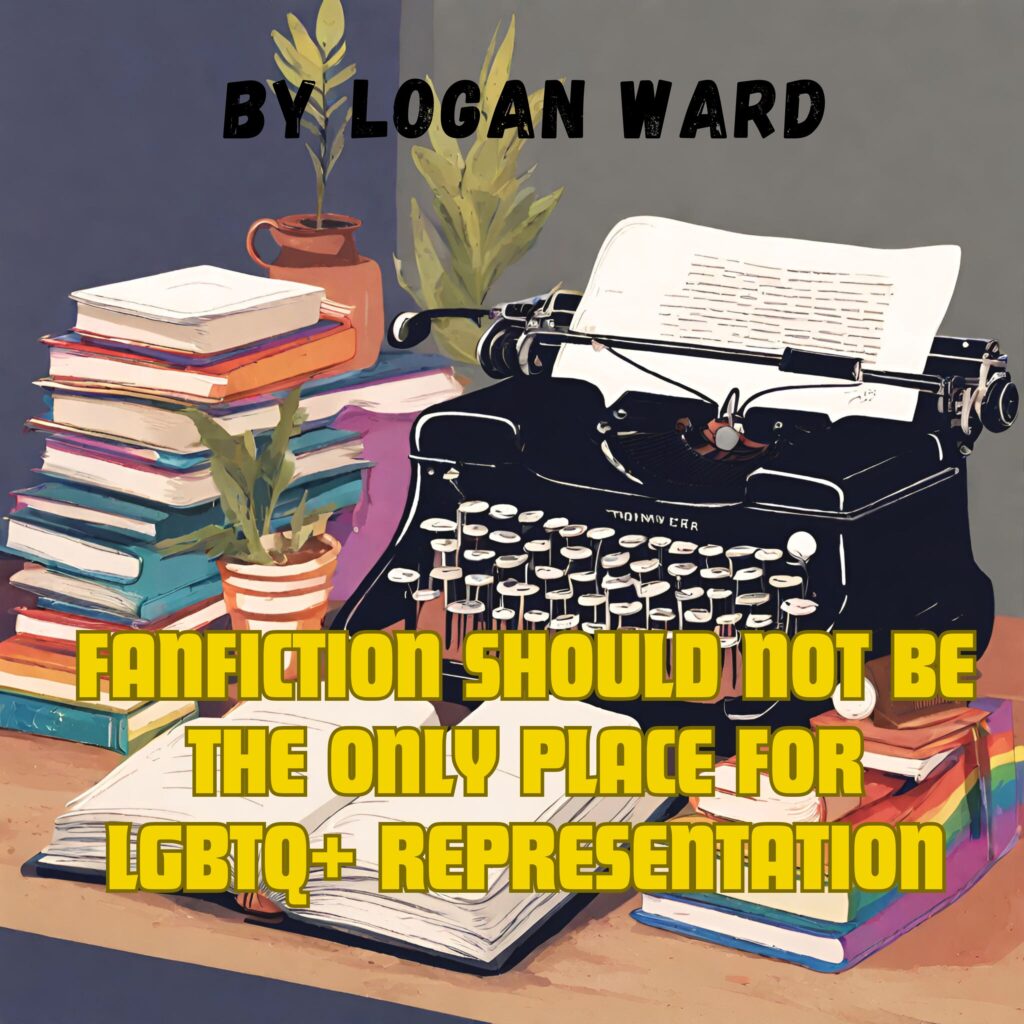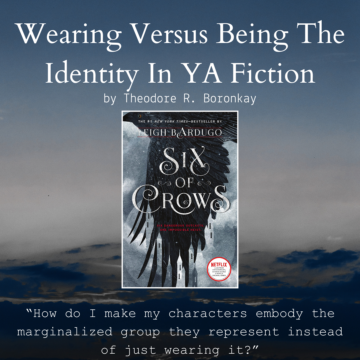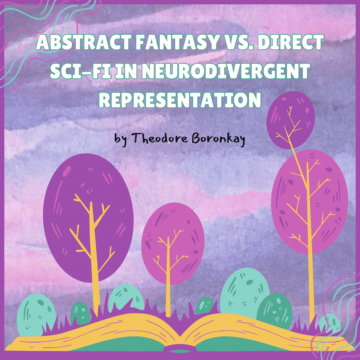By Logan Ward

Depictions of diverse characters experiencing joy is essential to include in publishing. Fiction can be more than storytelling that reflects morals and cultural norms, it can also serve as an opportunity to show an ideal world. To envision what utopia may look like, we need supportive friendships, thoughtful jokes, and examples of welcoming environments.
In 2024, our cultural consciousness is finally aware of the challenges faced by minorities. And now fiction has an opportunity to play a pivotal role in the next step of a progressive society—demonstrating pathways to improvement, specifically within genres that allow for hopeful narratives to emerge. Diversity is often explored within darker genres such as horror and mystery, but these settings limit the amount of productive communication that can be exemplified. True inclusion involves allowing minorities to exist in narratives of joy and romance.
When narratives are not born out of lived experience, there is increased potential for misrepresentation and reinforcement of harmful stereotypes.
Unfortunately, lots of fiction stories that would self-assign themselves into this category and feature LGBTQ+ individuals tend to follow narratives of secrecy and forbiddenness. But this dynamic isn’t exciting to our community because it is often a painful experience to hide and be hidden, especially since it’s not often by our own volition. This gives me reason to categorize LGBTQ+ romance novels that tell stories of forbidden love in the depressing genre (if there was one). As someone who has been involved in queer relationships, I find it especially disappointing when a story like this is written by someone outside of the community because then the narrative doesn’t serve as a release of pain for the author, but instead retells a narrative solidifying a stereotype within our community.
It is essential that fiction serves as an example for improved communication. People are only able to do better when they see what “better” looks like. This is why it is important not just to have these stories exist but also to publish them so they can reach wider audiences.
When young LGBTQ+ people don’t see themselves in published literary work, many of them turn to fanfiction. Fanfiction is written by creative young people who create what they crave. Sometimes these stories are graphic, sometimes fluffy and sentimental, but overall they aim to create complex identities and relationships for their queer and gender non-conforming characters.
This creative outlet allows them to reflect on their fears, celebrate their wins, and paint their ideal world.
So many of our community’s experiences live on the unpublished interwebs. These stories don’t benefit our resumes, our social status, our parent’s bragging rights, or our conversations at the watercooler. We write them for each other. So that we can see ourselves in places we’ve never seen ourselves in before. So we can travel the world of fiction just like you do. Let me be clear—there is nothing wrong with fanfiction. Sure, most of them could use a good copy editor, but exposure to grammatical errors isn’t going to compromise anyone’s reading ability. We all walked away unaffected by our classmates’ high school English presentations, didn’t we? The real tragedy is financial recognition and the consequence that excluding these experiences from the published literary world has on the narrative about our community. The market value of posting stories online is practically pennies, and it would take some pretty intricate Google searches and data mining to get those stories in front of the eyes of every struggling young person that needed to see it. Publishing LGBTQ+ stories that have the same level of complexity built into their characters and tell similar stories of joy and strength has the potential to positively alter the way our community is perceived publicly and the way we see ourselves.
To ensure communities are well represented, a promising solution is to provide platforms to authors with diverse backgrounds. Additionally, authors, publishers, and other stakeholders in the literary world who write about communities that they are not a part of need to conduct thorough research by speaking with or collaborating with those communities. These situations could also benefit from having their work reviewed by a sensitivity reader. Just like a good copy editor, the sensitivity reader acts as an editor, but instead of searching for clarity and grammatical correctness, they seek out the author’s bias and political correctness. Consumers also play a huge role in what publishers are willing to market and sell, so it’s important to vote with your dollar and pursue fiction that shows complex, positive, and unique depictions of minority communities. Ask yourself if you’ve ever seen a story like this before and how it counteracts the stereotypes within the community. The literary world can learn from a grassroots movement such as fanfiction and work towards creating a more inclusive space that reflects the diversity of human identities and experiences. In doing so, fiction can become a powerful catalyst for understanding, empathy, and positive societal change.
Author Bio
Logan Ward is PTM’s Design and Layout Manager and also the winner of this volume’s Cover Art Contest!


